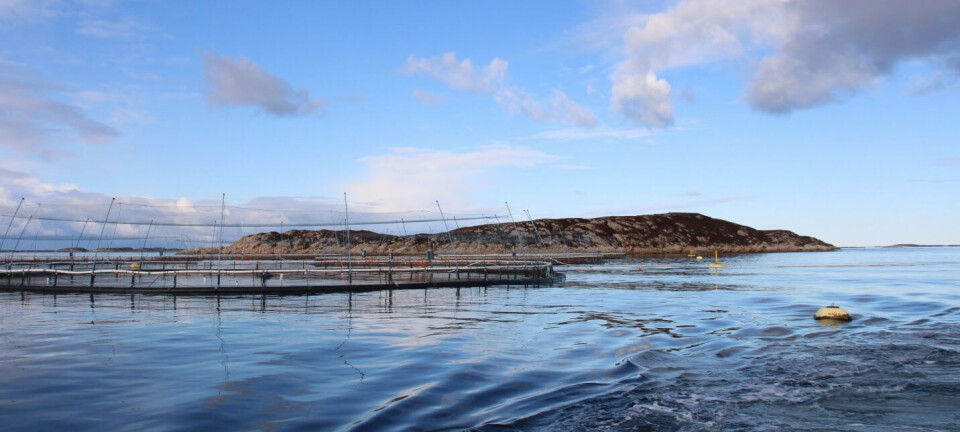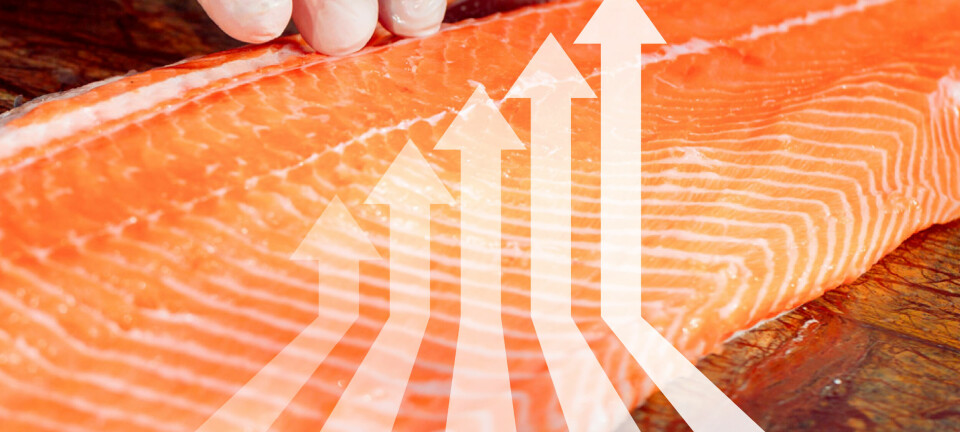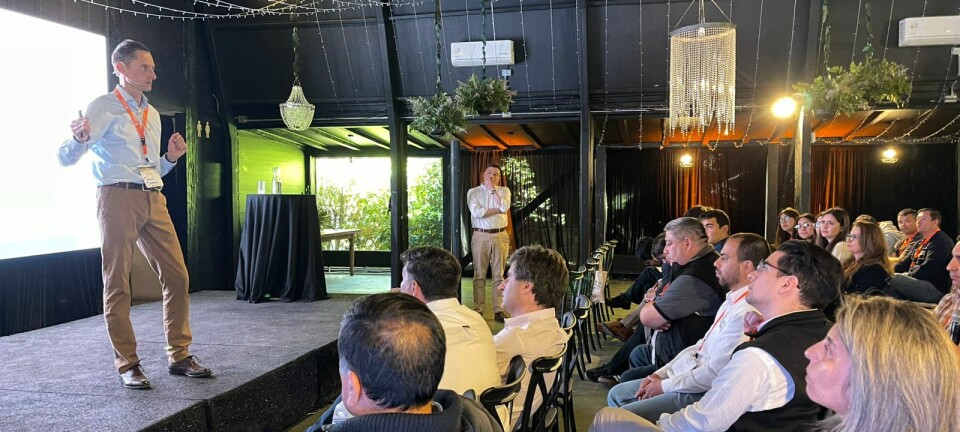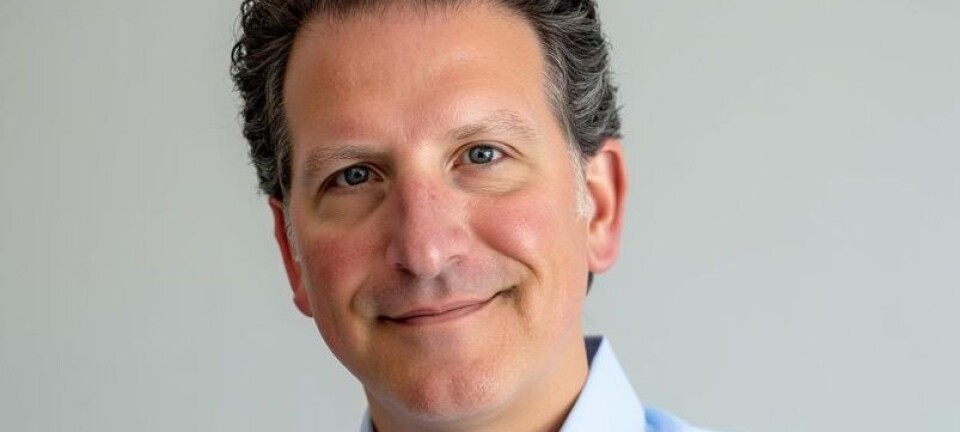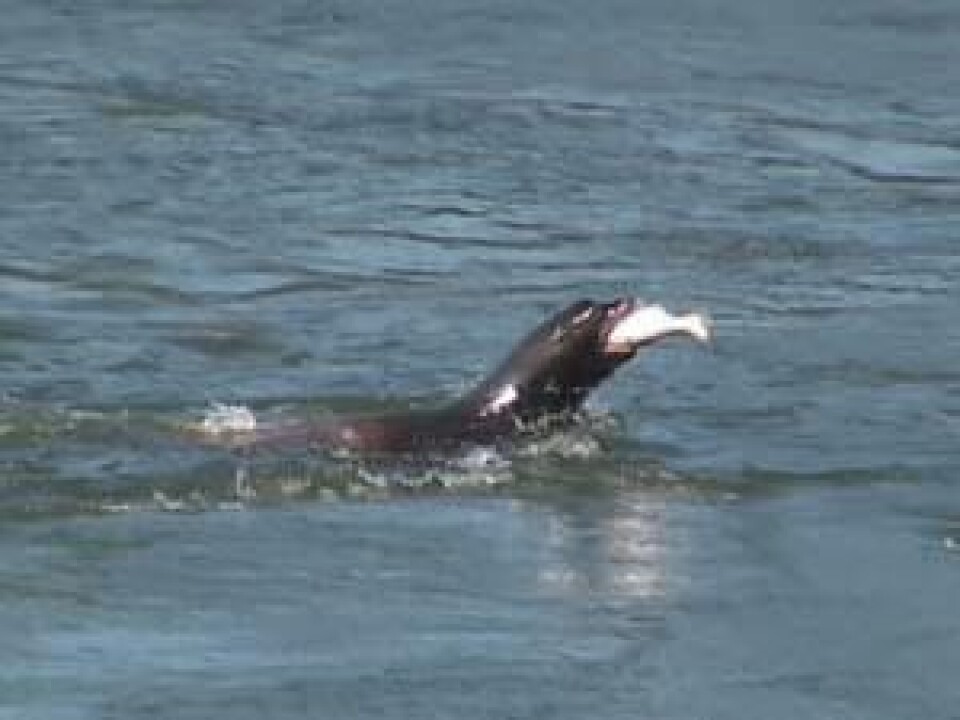
Sea lions to be removed to protect salmon
Opinion
When a few legally killed and disposed of California sea lions were found in Clayoquot Sound on the west coast of Vancouver Island some eleven years ago, many environmental groups in British Columbia were quick to condemn the salmon farming company that simply used an approved and legal method of removing some threats to their livestock. A few subsequent incidents of accidental death of some more sea lions were also blown up in the media as natural disasters. But there is no mention on the web sites of neither the Friends of Clayoquot Sound nor the David Suzuki Foundation of a recent decision by the US National Oceanic and Atmospheric Administration (NOAA) to allow for another legal cull of sea lions causing harm to valuable salmon stocks. Would this be a situation of privately vs. publicly owned salmon? Why wouldn’t the concern about the well-being of sea lions be the same- regardless of the reasons for human intervention into their populations? Or could it have something to do with the fact that there will still be almost 240,000 sea lions left after the NOAA-approved cull?
The announcement from NOAA reads as follows;
NOAA’s Fisheries Service said today it was authorizing the states of Washington and Oregon to lethally remove specific California sea lions that congregate 140 miles from the Pacific Ocean just below the Columbia River’s Bonneville Dam to eat thousands of adult salmon and steelhead swimming upriver to spawn. Some of the salmon and steelhead are listed as threatened or endangered. “This is not an easy decision for our agency to make, but a thorough analysis shows that a small number of California sea lions preying on salmon and steelhead are having a significant effect on the ability of the fish stocks to recover,” said William W. Stelle Jr., Northwest regional administrator for NOAA’s Fisheries Service. “Today’s authorization allows state fisheries and natural resource agencies to carefully remove California sea lions to reduce their effect on vulnerable fish species.”
Like all marine mammals in U.S. waters, California sea lions are protected by federal law, but there are provisions in the Marine Mammal Protection Act that allow today’s authorization. The California sea lion population on the West Coast is considered healthy and stable, and estimated to be a robust 238,000.
Columbia Basin Chinook salmon and steelhead, on the other hand, have been listed for protection under the federal Endangered Species Act since the early 1990s, when their populations were perilously low. In recent years, adults have been returning in better numbers, thanks in part to favorable ocean conditions and improvements to habitat and to the operations of the hydropower dams on the Columbia and Snake rivers.
The agency said for salmon to recover it was crucial to make advances -- even incremental ones -- across the broadest possible range of activities that affect their survival, including harvest and hatchery management, habitat restoration, dam operations and control of predators like birds, sea lions and pike minnows. NOAA initially gave the states authorization in 2008 to “permanently remove” problem California sea lions, including relocating them to zoos or trapping and euthanizing them. A lawsuit that year resulted in a 2009 federal district court ruling supporting NOAA’s lethal removal authorization, but a finding by an appeals court in late 2010 overturning the authorization, sent the decision back to NOAA to better explain its rationale for protecting salmon by removing offending California sea lions.
Today’s decision by NOAA responds to the court’s concerns and gives the states permission under the Marine Mammal Protection Act to remove, lethally if necessary, individually identifiable California sea lions that have been observed eating salmon or steelhead in the area immediately below Bonneville Dam. The authorization covers removal of up to 85 California sea lions annually, although the agency said it was unlikely that large a number would be taken each year, based on the three years the program has been in effect. The agency's authorization to the states expires in June 2013, but may be extended. Since 2008, the states have removed a total of 37 California sea lions. Ten were placed in zoos, one died while being examined and 26 were euthanized.
Until 2001, few seals or sea lions were observed feeding in the area immediately below Bonneville Dam. However, the past decade has seen a dramatic increase in those visitors, from just over two dozen in 2002 to more than a hundred the following year. In subsequent years, those numbers fell slightly, but were typically in the 70s or 80s each season. And the estimated number of salmon and steelhead eaten by California sea lions also has risen steadily over the same period, peaking at over 5,000 last year. Biologists say the actual number is higher, because many salmon are taken underwater or farther downstream of the dam, outside the observation area.




















